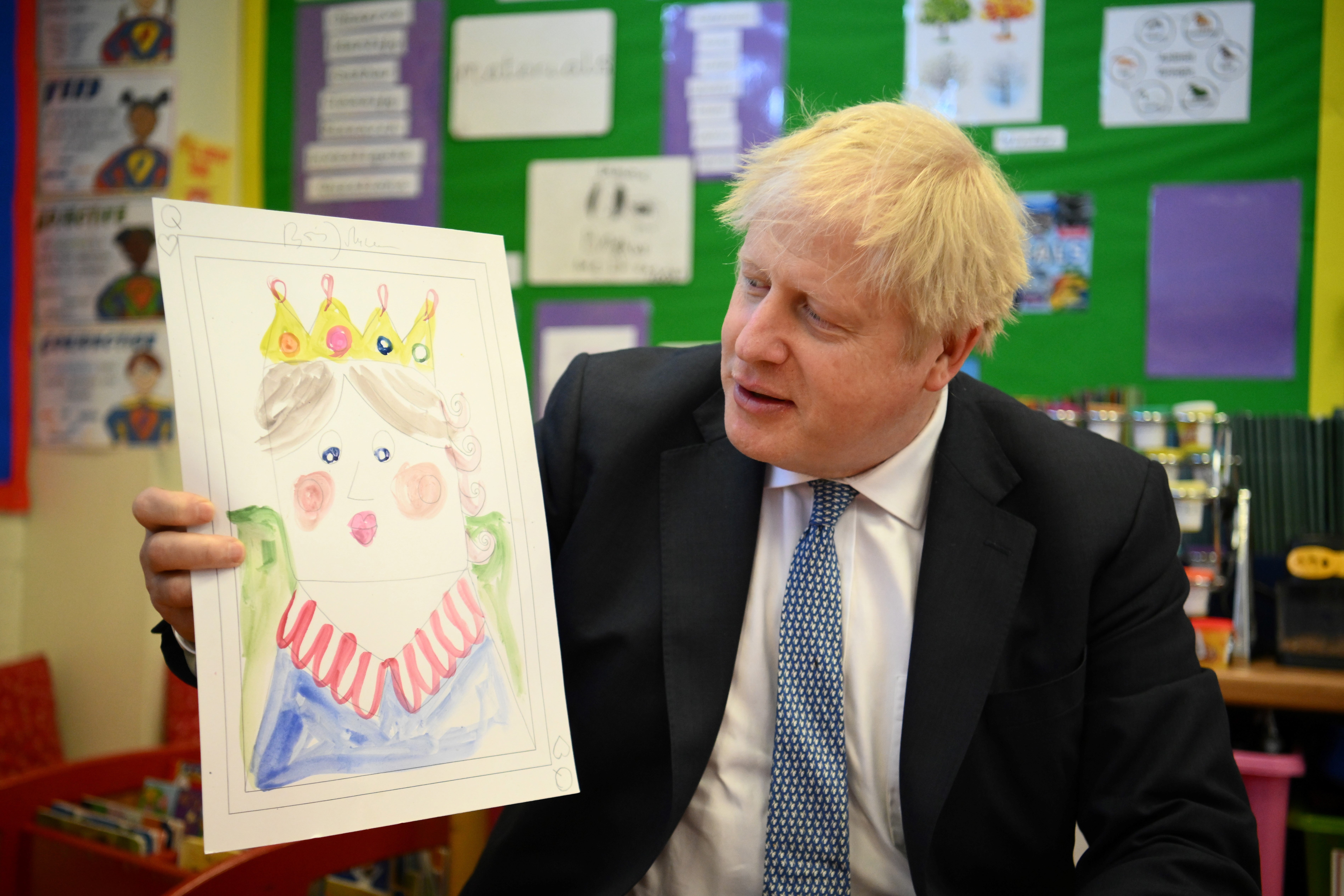The Tories must now decide Boris Johnson’s future
Evidence suggests the PM is a net liability, but a lot could happen between now and the next election, argues Sean O'Grady


Had things gone according to the worst fears of No 10, the only talking point from the local elections would be for how long Boris Johnson could survive as party leader. Indeed, had the Labour Party done as well as Tony Blair used to when John Major was prime minister, Johnson would probably have been out by the end of next week.
But as poor as the Conservatives’ performance has been, the clamour to get rid of their leader has not yet transpired. Certainly some bruised former Tory council leaders have called for him to go – the former leader of Wandsworth Council being among them – not just because Partygate and integrity were issues on the doorstep, but because they, along with voters, don’t have much faith in Johnson to deal with the cost of living crisis.
The leadership threat is a case of “the dog that didn’t bark”, after most of the Conservative backbenchers who had indicated they’d be sending no-confidence letters to the 1922 Committee lost their nerve. It is not yet crystal clear to many Conservatives that Johnson is a net electoral liability. Activists, and many MPs, are invested in Johnson because they feel they owe Brexit and the 2019 election triumph to him personally. But are they right, or are they unknowingly sticking with a loser?
Evidence that Johnson is a net liability is threefold. First is the opinion poll deficit, largely down to Partygate, sleaze and the cost of living crisis. Second is this week’s election results, which have been disastrous in Scotland, terrible in London, and disappointing in much of the south and southwest of England, though occasionally impressive in parts of the north of England and the Midlands. Third, the economic and political environment is set to worsen rather than improve, with 10 per cent inflation, a possible recession, pressure on the NHS, and who knows what fresh crises yet to be thrown up by sleaze, war, Covid or Brexit.
It’s too early to say how these influences might translate into parliamentary seats. A swing of about 7 per cent to Labour, compared with the 2019 election, would probably leave Labour as the largest party and able to form a government with the permission of the Libs Dems, Greens, Plaid Cymru, SDLP, Alliance and/or the SNP. But even that can’t be assumed, still less an overall Labour majority. It’s not obvious that Johnson would lose the next election, even assuming he might stage some kind of recovery.
A new uncertain factor for the next election will be the efficacy of tactical voting across the opposition parties. Will Labour be able to capitalise on its distant second place and increase the number of its MPs to something closer to the parliamentary party it used to take for granted? If SNP voters lent votes to Scottish Labour to be rid of Johnson, it could transform the battle.
And of course, there could be more fixed penalty notices in Downing Street, and maybe one day even the Sue Gray report could be published. There is also now the very real possibility that Sir Keir Starmer could end up in trouble with Durham Constabulary over the April 2021 event that his enemies have dubbed “Beergate”.
There will be by-elections to fight – in Tiverton and Honiton, Wakefield, and possibly Leicester East. The prime minister will have to show he has some policies and ideas beyond the usual slogans, and that he can be trusted. Johnson’s problems aren’t behind him yet.



Join our commenting forum
Join thought-provoking conversations, follow other Independent readers and see their replies
Comments